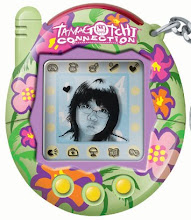In reflection of the exhibition as a whole, I thought it was a nice way of witnessing some of the changes in the style of the nude throughout changes in history and location. The increase in naturalism, with more realistic proportions and expressive poses, with the increase of time was a good indicator of changes in the views and processes of artists in various eras.
Another thing I realized after viewing the gallery was a significant difference between the conventions for depicting the nude human body in the past and the present. This shift was that, in the time these artworks were created, the ideal nude was most often of a naked man. I found that this was a sharp contrast to the nudes most often depicted in today's art, the naked woman. I think this represents a changing of views in the world, especially in the definition of human beauty.

No comments:
Post a Comment